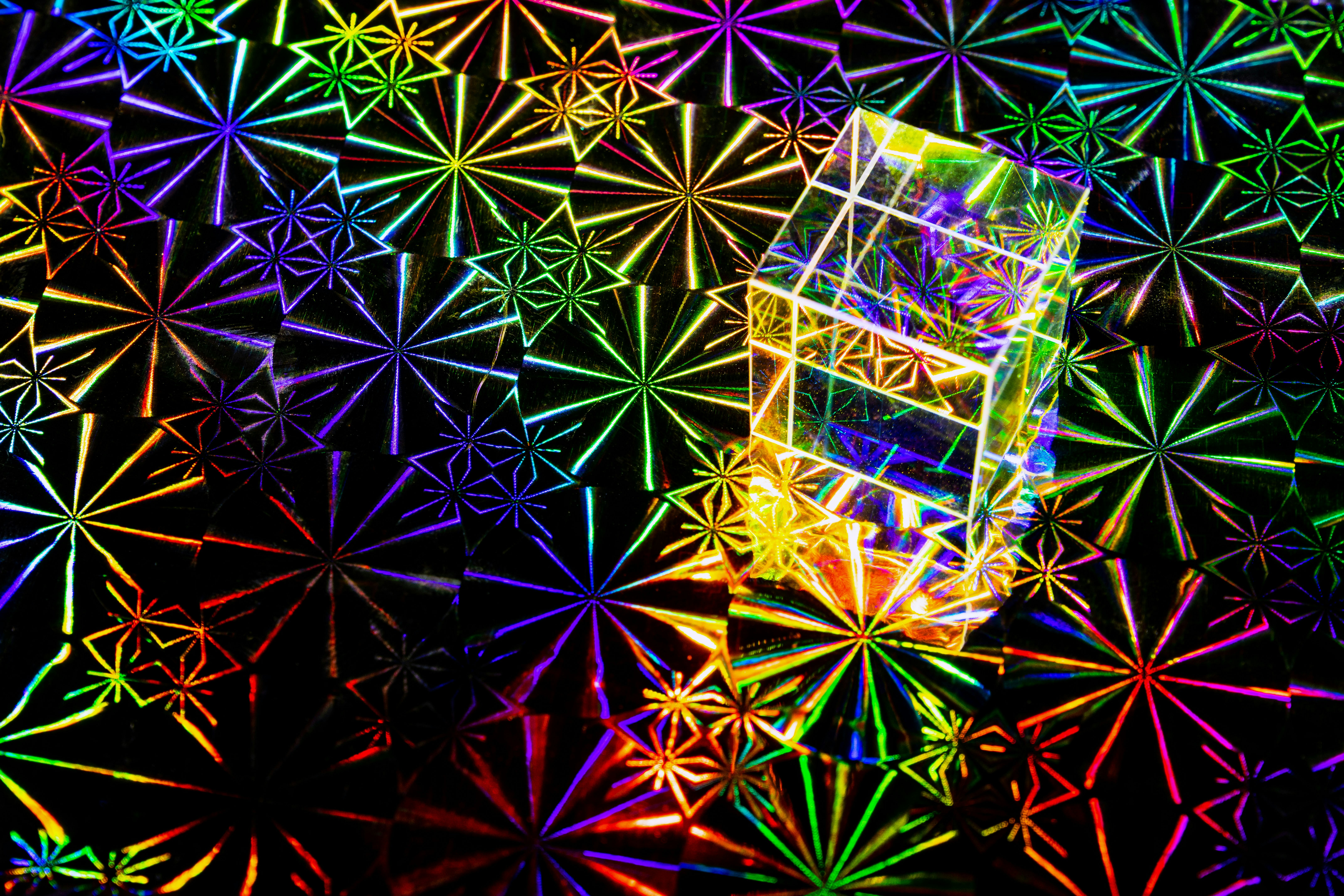E-Ink: The Resurgence of a Once-Forgotten Tech
The digital world has seen an unexpected resurgence of E-Ink technology. Once overlooked, E-Ink is now making a bold comeback, promising users an unparalleled reading experience. This resurgence brings with it a wave of anticipation and excitement, as tech enthusiasts await the next chapter in E-Ink's captivating story.

Unveiling the E-Ink Resurgence
E-Ink, or electronic ink, is a type of display technology that mimics the appearance of ink on paper. First developed in the late 1990s, it was initially used in devices such as e-readers and digital signage due to its low power consumption and excellent readability. However, as LCD and OLED technologies advanced, E-Ink fell out of the limelight. But not anymore. E-Ink is making a comeback, and it’s doing so with style.
A Look Back at E-Ink’s History
E-Ink was first introduced to the world by MIT Media Lab spin-off E Ink Corporation in 1997. The technology’s initial charm lay in its revolutionary approach to display: it used tiny microcapsules filled with black and white particles, suspended in a clear fluid, to create an image akin to ink on paper. This made it ideal for long reading sessions, as it resulted in less eye strain compared to traditional backlit displays.
Why the Comeback?
Fast forward to today, and E-Ink’s comeback is being driven by two main factors: a growing demand for energy-efficient technology, and a renewed interest in digital reading. As we become ever more conscious of our energy consumption, E-Ink’s low power requirements make it an attractive proposition. Furthermore, the ongoing pandemic has seen a surge in digital reading, as people turn to e-books and digital newspapers for entertainment and education.
E-Ink in the Modern Tech Landscape
E-Ink is not just for e-readers anymore. Today, it is finding applications in a range of devices, from smartwatches to mobile phones. Take the YotaPhone for example, a dual-screen smartphone that uses E-Ink technology for its second screen. Or the Pebble smartwatch, which uses an E-Ink display to offer a week-long battery life.
Pricing and Market Impact
The resurgence of E-Ink could potentially disrupt the current tech market. As it stands, E-Ink displays are more expensive to produce than traditional LCD or OLED screens. However, as demand grows and production ramps up, we could see prices drop, making E-Ink a more accessible choice for consumers. This could shift the balance in the display market, as manufacturers and consumers alike weigh the benefits of E-Ink against its cost.
The Future of E-Ink
As we enter a new era of technology, one where efficiency, sustainability, and user comfort are highly prized, E-Ink is poised to make a significant impact. Its resurgence is a testament to the cyclical nature of technology, where what was once old can become new again. And for E-Ink, it seems the future is bright indeed. With ongoing developments and a growing market interest, the story of E-Ink is far from over. It’s just beginning.




